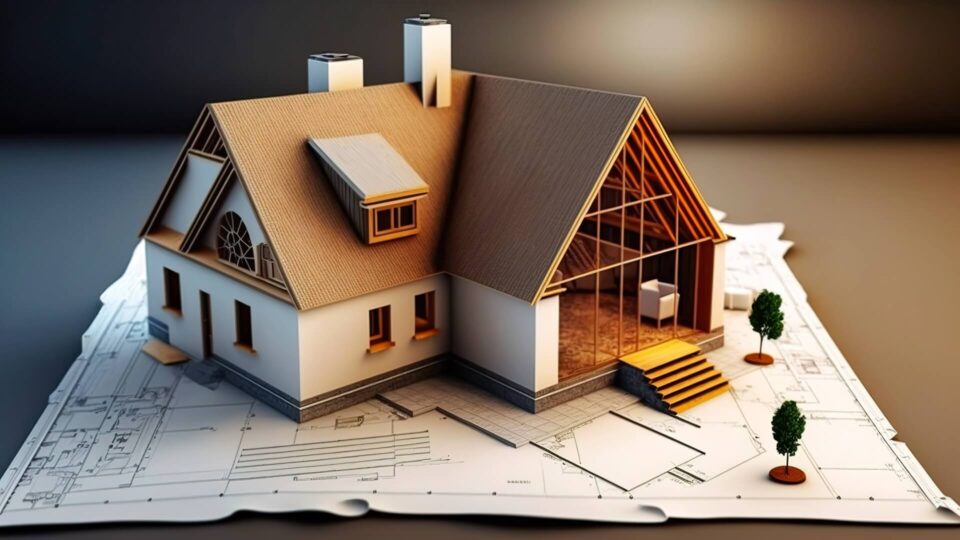When it comes to assessing the condition of a building, moisture is the critical factor to consider. Excess moisture leads to many problems, from mould growth and structural damage to health hazards for occupants. This is where moisture meters come in – these handy devices are vital for building inspectors, allowing them to accurately detect and measure moisture levels in various materials.
Understanding moisture in buildings
- Leaks – Plumbing leaks, roof leaks, or water intrusion from the building envelope introduce moisture into the structure.
- Condensation – When warm, humid air comes into contact with cold surfaces, condensation accumulates moisture.
- Rising damp – Moisture also enters a building from the ground through capillary action, affecting foundations and lower walls.
Excess moisture causes a range of issues, including:
- Mold growth – Moist environments provide the perfect conditions for mould to thrive, leading to health problems for occupants and damage to building materials.
- Structural damage – Prolonged exposure to moisture can weaken structural components like wood, concrete, and drywall, compromising the building’s integrity.
- Pest infestations – Damp areas attract pests like termites, carpenter ants, and rodents, which cause further damage to the building.
Moisture meters
Moisture meters are specialized devices designed to detect and measure the moisture content in various materials. They measure a material’s electrical resistance or conductivity, which changes based on its moisture content.
- Pin meters – These meters have two sharp probes inserted into the tested material. The meter sends an electrical current between the probes and measures the resistance to determine the moisture content.
- Pinless meters use a sensor pad against the material’s surface. They emit an electromagnetic field to measure the moisture content without physical penetration.
Moisture meters are calibrated to work with specific materials, such as wood, concrete, or drywall, ensuring accurate readings for each application.
Role of moisture meters in building inspections
Building inspectors rely on moisture meters to assess the moisture levels in various parts of a structure. Some critical applications include:
- Identifying leaks – Moisture meters help pinpoint the location of leaks in roofs, walls, or plumbing systems by detecting elevated moisture levels in the surrounding materials.
- Assessing water damage – After a flood or significant water intrusion event, moisture meters are used to determine the extent of water damage and guide the drying and restoration process.
- Detecting mould growth – By identifying areas with high moisture content, inspectors determine the likelihood of mould growth and recommend further investigation or remediation.
- Evaluating drying progress – During restoration, moisture meters monitor the drying progress of affected materials, ensuring they return to safe moisture levels before repairs are made.
Moisture meters and building health
Beyond their role in building inspections, moisture meters are crucial in maintaining overall health. By regularly monitoring moisture levels, building managers and maintenance professionals:
- Prevent mould growth – By promptly identifying and addressing moisture issues, the risk of mould growth is significantly reduced, creating a healthier environment for occupants.
- Extend building lifespan – Controlling moisture helps prevent structural damage and deterioration, extending the lifespan of a building and its components.
- Improve energy efficiency – Excess moisture compromises the effectiveness of insulation and leads to increased energy consumption. By maintaining proper moisture levels, buildings operate more efficiently.
- Enhance occupant comfort – Moisture issues impact indoor air quality and thermal comfort. By keeping moisture in check, building managers can create a more comfortable environment for occupants.
As the built environment continues to evolve, the importance of moisture control and the role of moisture meters will only grow. By staying informed about these essential tools and their applications, building professionals ensure that structures remain safe and resilient for years. Interested in learning more? Visit vitalbuildinginspection.com.au/pricing/.

